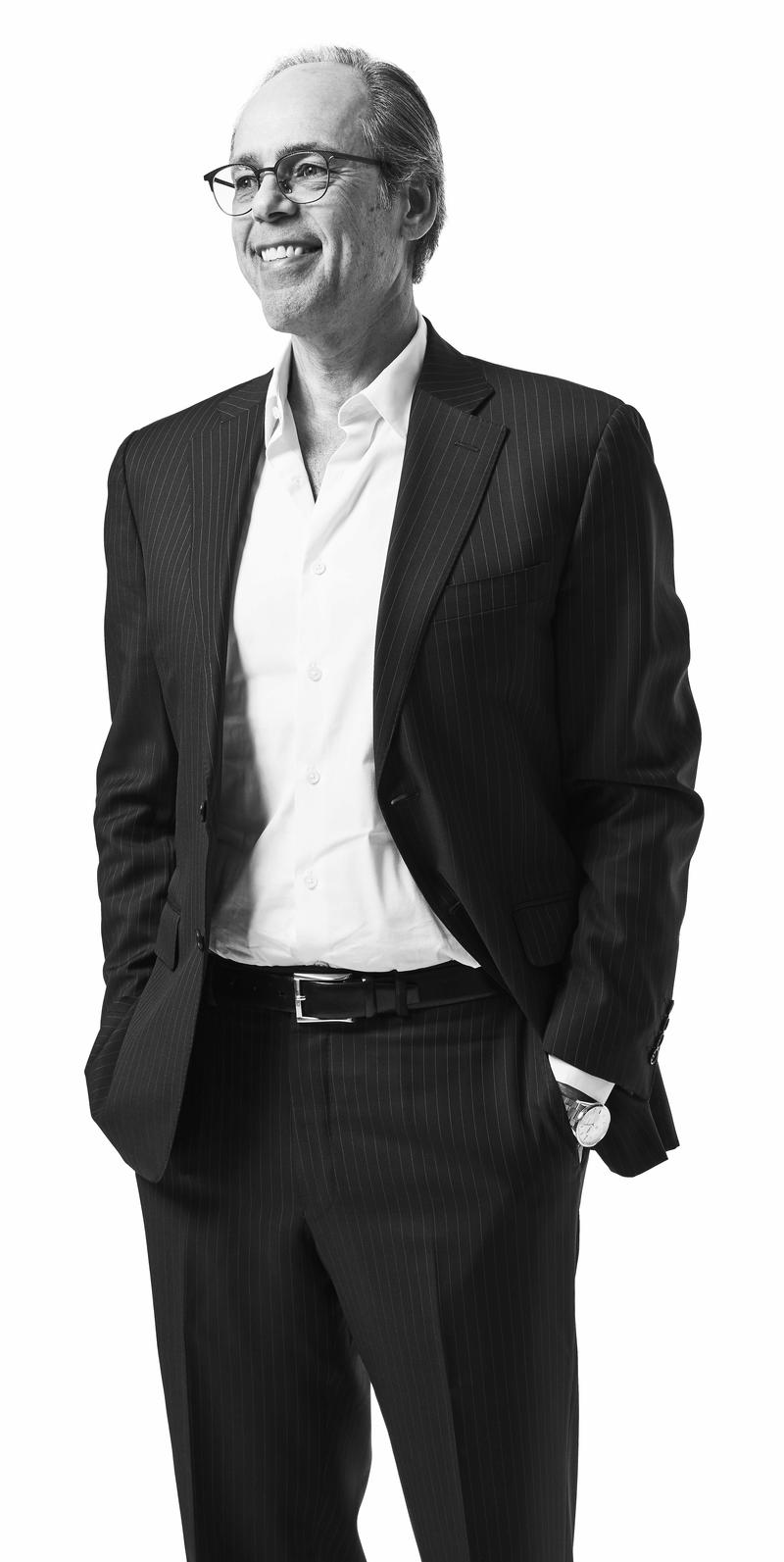
It’s been nine months since Jim Kaplan was recruited out of retirement to become CEO of Carnegie. He had stepped down from the helm of Hong Kong–based rug company Tai Ping in December 2017 after 14 years at the helm, during which he grew the brand’s business from $40 million to $200 million. What drew him out of retirement three months later? In large part, it was Carnegie’s mission—a commitment to sustainability, using no PVC in its fabric, and maintaining its B Corp status—as well as the pull of the opportunity to plot the company’s future growth. Though the Long Island, New York–based fabric company, formerly a family-run brand, had been acquired by Calera Capital in December 2016, there was little of the pressure for immediate and astronomical growth that so often comes with private equity investment. “My mandate is to continue to grow the business organically,” Kaplan tells Business of Home. “I’ve been spending a lot of time reorganizing infrastructure, focusing on new hires, and restructuring the management team.”
Coming into a family-owned company as the first non-family member at the helm can be a tricky job—especially for an outsider like Kaplan, who had never worked in the fabric business. To make the situation even more complicated, he had big shoes to fill: The previous CEO, Cliff Goldman, held the role for more than two decades and remains the company’s executive chairman; Goldman’s father started the company. And Carnegie is a company that has always prided itself on its great care for its employees. (Once, an entry-level emoloyee emailed him with a way to make their job more efficient, Kaplan recalls. That, he soon discovered, is business as usual.)
Luckily, Kaplan’s management ethos fits right in at Carnegie: “I’ve never been a CEO that’s stood on top of a mountain and barked orders down,” he says. “I’ve gotten in the weeds. This is not just a job; most people’s lives surround the company they work for. I’ve always [lived by] the adage that family is always going to be first. People have to commit to their families.”
And his outsider perspective has also proven to be a great strength, allowing him to make changes to the business—leveraging resources and assets, or shifting roles to make the best use of the team’s talents. In his nine months at the company, Kaplan has already expanded staff by 15 percent, bringing the total number of employees to 100. Among Kaplan’s new hires is Stephanie Powers, a digital strategist who was brought onto the marketing team to remake Carnegie’s website. Design Ally, a program that allows interior designers to connect with Carnegie’s in-house designers, who curate packages for them, has increased its staff to meet growing demand. He’s also implemented what he refers to as town hall meetings, traveling monthly from the main office in Long Island to the company’s studio in Manhattan and showroom in Chicago, where he makes himself available for employee questions. (Fittingly, the toughest question he’s gotten so far was, How are you going to make my life better as a Carnegie employee?) “Morale is a byproduct of listening and executing,” he says. “If you listen to people and execute some good ideas, morale is always going to be lifted.”
Kaplan joined the business in the midst of seismic shifts in the fabric business. But despite a challenging landscape, he’s optimistic about the future. “We’re a phenomenal company in terms of top line revenue base and profitability,” he says of the brand. With that comes the opportunity to expand it categories where he sees growth opportunities: “We are going to really grow on the upholstery side. And we’re developing new products, not only our core like wallcoverings and acoustic panels, but also furniture and lighting.” So far, so good: In 2018, product launches were much more robust, having been revitalized by a combination of investment, strategy and the commitment of Carnegie’s employees. Now, the company is in the unique position of thinking about how to get even bigger: Scaling the business to accommodate its projected double-digit growth, Carnegie is in serious talks with other brands regarding acquisitions. “We’re not going to go out and buy a car company; we’re looking at synergies in upholstery, acoustic panels and digital production,” says Kaplan. “We think [the upholstery business] can be three times the size.”




























